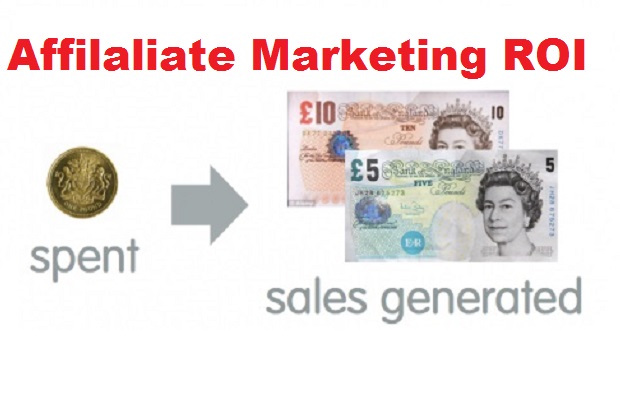Advertisers spent £1.1bn on online performance marketing” in 2014, generating a record £16.5bn consumer spend on price comparison, cashback and voucher websites, according to a new report.
The third annual Online Performance Marketing study conducted for the Internet Advertising Bureau UK (IAB) by PwC found that UK businesses spent £1.1 billion on these “Online Performance Marketing (OPM)” activities – 8% more than in 2013.
This equates to a return of £15 for every £1 invested by advertisers – 6% higher than in 2013.
Across OPM sites – from large players such as Comparethemarket, Vouchercodes, Nectar and Quidco to the “long tail” of 12,000 smaller publishers in the UK – advertisers only pay a publisher for an ad if it causes someone to complete an action, such as a purchase (affiliate marketing) or submitting contact details (lead generation).
In 2014, consumers made 125 million purchases via affiliate websites – totalling £15.4 billion. £1.1 billion in sales was generated from the 30 million contact forms submitted. Consequently, OPM drives 10%¹ of all UK e-commerce retail sales and roughly 1%² of GDP – the latter, an approximate 34% increase on 2013.
“The fact that consumer spend is growing at nearly twice the rate of advertiser spend, indicates the OPM market is maturing and brands are becoming more efficient in how they drive consumer spending,” says Dan Bunyan, Senior Manager at PwC.
“OPM has grown to a near-£17bn industry due to the fact that all parties continue to benefit. Advertisers get new customers extremely cost-effectively, consumers save money and get access to free online content, whilst the publisher in the middle gets revenue through referral fees.”
Dramatic upsurge in activity on mobile and tablets
In comparison to the overall 8% increase, advertiser OPM spend on mobile and tablets increased by 72%. Consequently, the share of OPM spend allocated to these devices increased from 11% to 17%.
Tim Elkington, Chief Strategy Officer at the UK’s Internet Advertising Bureau says: “Advertisers are heavily increasing OPM spend on mobile because it’s playing a bigger role in shopping. Half of adult smartphone owners buy something with their mobile every month, a quarter do so weekly.”
Three sectors account for three-quarters of spend
The finance sector, driven by insurance and credit card advertisers’ use of price comparison sites, is the biggest spender – accounting for 34% of OPM expenditure in 2014 – followed by retail (21%) and travel & leisure (19%). In total, these three sectors account for 74% of OPM spend.
OPM now an “ingrained part of today’s savvy consumerism”
An accompanying YouGov study shows that almost four in five (79%) Britons online³ have used a website employing one of the main OPM techniques in the last six months. Cashback websites are the most frequently used – around two-thirds (67%) of people who’ve used them do so at least once a month.
Holidays/travel (cited by 21% of respondents) is where people are most likely to be trying to save money or looking for more information, followed by energy tariffs (16%) and car insurance (15%).
“Britons generate 10 million clicks every day in pursuit of getting a better deal or finding the right product – it’s an utterly ingrained part of today’s savvy consumerism. To put it in context, at £17bn it’s already as big as the beauty industry⁴,” concludes Elkington. “The majority of people online say they’re aware how these sites make money, and whilst the privacy debate continues, the reality is that nearly half are willing to share personal information to get these things.”
